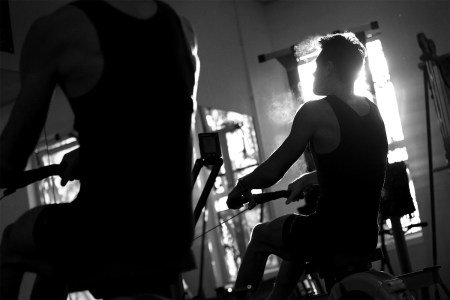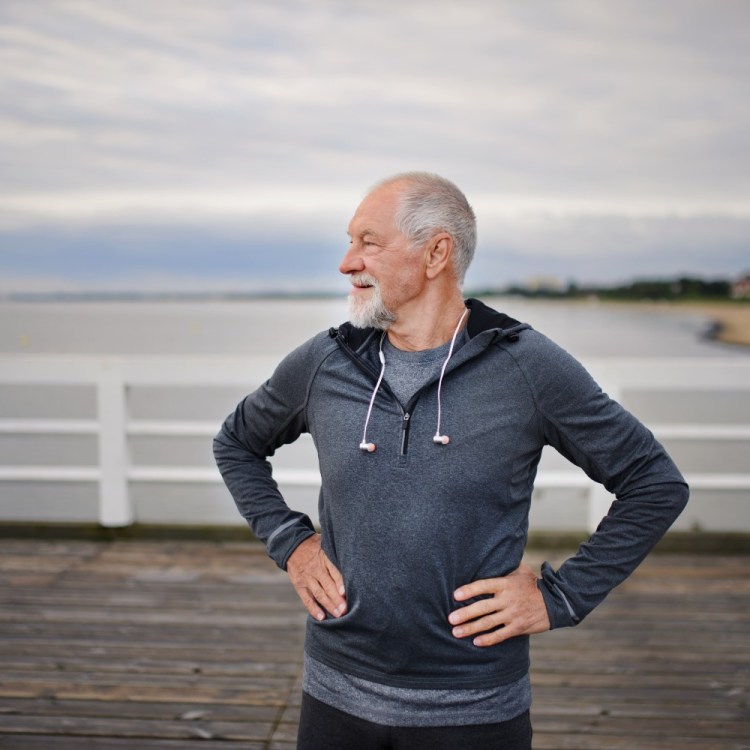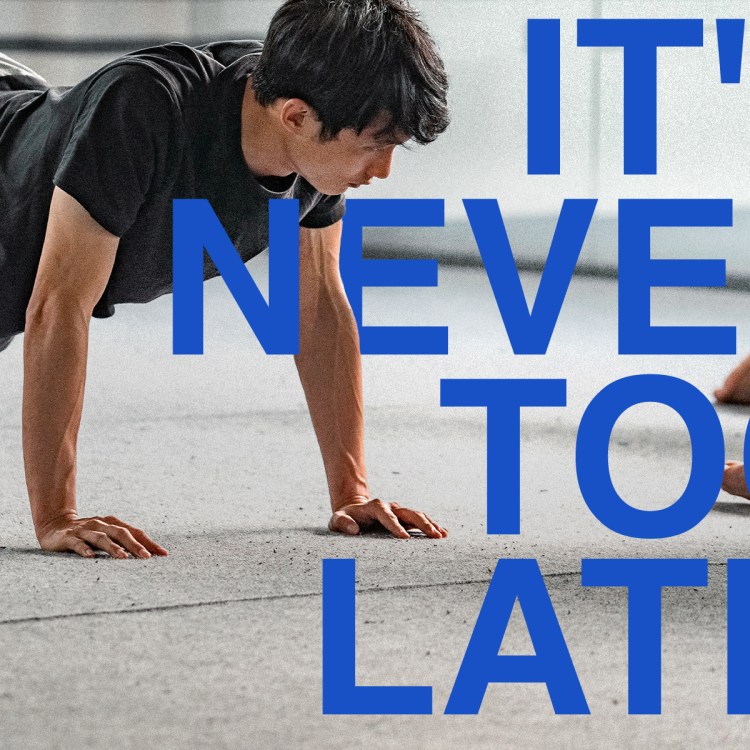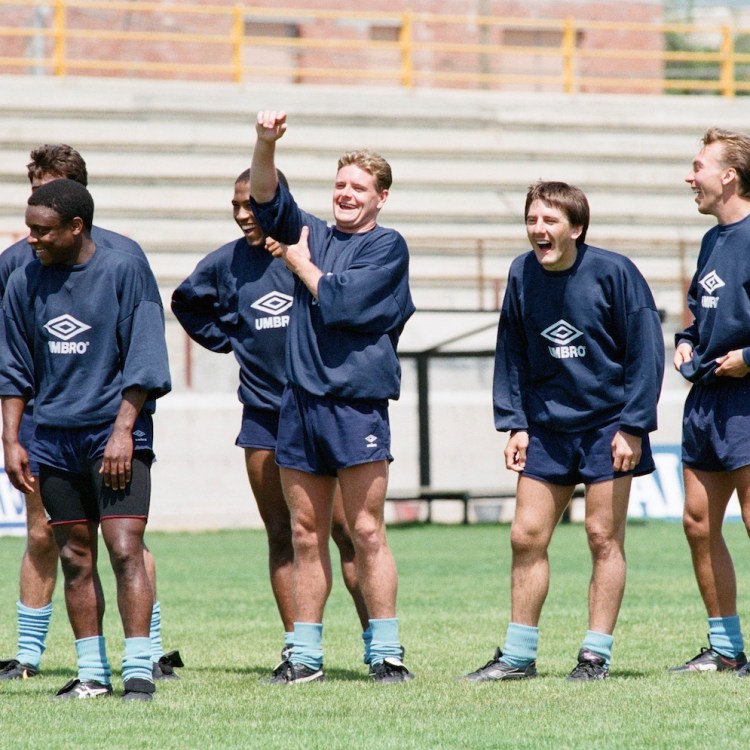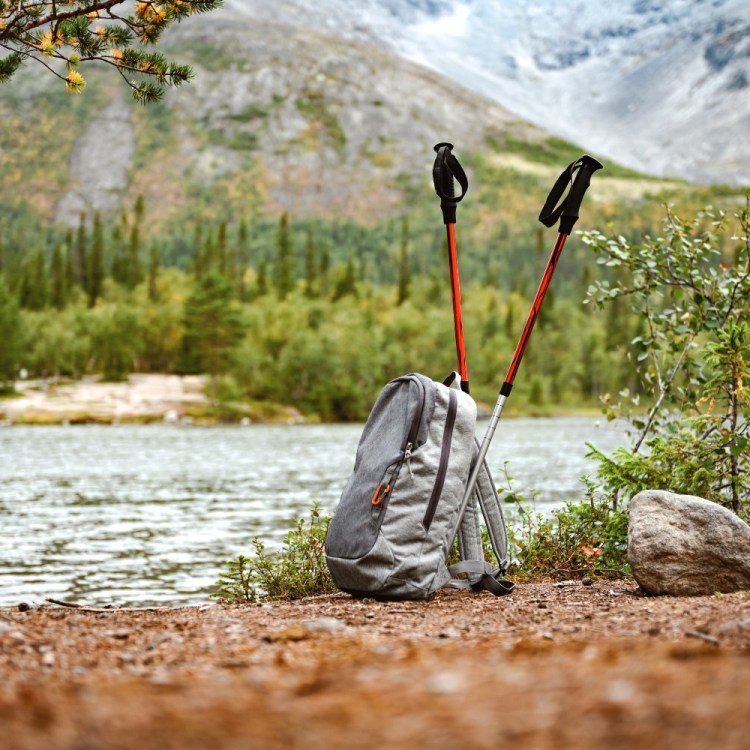Welcome to the InsideHook Guide to Summer, a collection of recommendations on everything worth doing, drinking, eating, watching and otherwise enjoying between now and Labor Day. Don’t forget the sunscreen.
There’s an insane scene in Baywatch — the 2017 remake, which has a 17% critic rating on Rotten Tomatoes — where Zac Efron’s trying to join the elite lifeguard force and the Rock challenges him to a series of strongman competitions.
At one point, they’re both carrying two refrigerators at once, one on either shoulder, to the cheers and jeers of the bikini-clad crowd. God forbid a swimmer was pulled into a rip curl at that very moment; at least the Rock got to show the beach who’s top dog.
Real lifeguard training obviously requires a little less fitness than that. But it requires more than lifting a solitary index finger and muttering “You can go…” (like the water slide lifeguards of my Long Beach Island youth). Lifeguards at dense beaches with big surf actually do train a bit like special forces: they know how to work together, and they routinely work on their cardiovascular fitness, raw strength and life-saving skills.
It’s the sort of stuff that gets you a rippin’ bod without really trying. Consider us interested and inspired. Headed into this summer, we’ve put together a blueprint for getting into lifeguard shape — replete with workouts tips and inlets into how the actual top dogs train, sans any responsibility to actually patrol a beach (or dead-lift a fridge).
Salty, Sandy Cardio
Experienced lifeguards are expert swimmers, of course, with the aerobic capacity to swim both for length and speed. In order to qualify for the California State Parks lifeguards, you have to be able to complete a 1,000-yard open-water swim in less than 20 minutes.
The key words there? “Open water.” Lifeguards need to be comfortable swimming for lengthy stretches in choppy conditions, if necessary. According to Timothy O’Donnell, a champion triathlete who spoke to us on how he improved his open-water swimming, it helps to take drawn-out breaths and adopt a water-polo-style stroke. We’d recommend building up a base at your local lap pool, then looking into open-water swim clinics in your area, which can coincide with triathlon programs, and are often run by local lifeguards.
At some point, you’ll want to swim for speed, too — as in sprint speed. Picture a lifeguard diving into the surf and reaching a distressed swimmer as quickly as possible. Make use of a simple workout, such as: 10 x 25 or 50-meter swims, with short rest periods in between each. Easily doable at the pool.
Why Rowing Is Our Cross-Training of Choice This Year
Indoor rowing champ John Steventon breaks down the most underrated cardio aroundAnother tenet of lifeguard cardio, of course, is running. Lifeguards aren’t long-distance runners, but they’re expected to be quick and sure-footed on the sand, which is no easy task (we’ve detailed the rigors of beach workouts before). Various surf rescue outposts have different criteria: the Royal National Lifeboat Institution expects its members to run 200 meters on sand in under 40 seconds, the Jacksonville Beach Ocean Rescue requires lifeguards to run a half mile in under four minutes.
Across the board, lifeguard units practice beach sprints, trail runs and even swimruns, in which they wear shoes that look like this, and alternate coastal miles with meters in the water. Yes, that’s a thing, especially in Australia, which might be the lifeguard epicenter of the planet.
By the way, down under, lifeguards are called “lifesavers”; the country’s surf rescue movement launched in Sydney in the early 1900s following a series of drownings. Now you can’t go to a beach without spotting a robust surf rescue headquarters. And if you’re ever there, and get up early enough, you’ll most definitely spot lifesavers (or lifesaver-types) out on runs…looking soaking wet as they cover coastline.
Bondi Buff > Baywatch Buff
Baywatch bodies look great on a billboard, but they aren’t all that functional. (In fact, during his Hot Ones appearance, Efron revealed: “I don’t ever want to be in that good of shape again…. You’re working with almost no wiggle room. You’ve got things like water under your skin that you’re worrying about making your six-pack into a four-pack. Shit like that. It’s just stupid. It’s just not real.”)
Bondi bodies are real, though, and formed via functional training. Australia’s Bondi Beach lifeguards — now of worldwide acclaim, thanks to a TV show that’s in its 17th season — mix bodyweight and “unconventional training” to build strength for real-life scenarios. They’ll knock out circuits of push-ups, pull-ups, planks and burpees, as well as flip tires and perform weighted carries with oblong objects (like bags of sand or mannequins).
We find it a nice vote of confidence for the old-school, tried-and-true movement patterns. What worked in the summer of 1924 still works in the summer of 2024.
Still, there are lifeguard-specific exercises to A) make sure trainees are prepared and B) whip them into even better shape. Think: diving for bricks (part of Seaside, Oregon’s lifeguard test); the use of swim parachutes, which adds extra resistance in the water; endless paddling with a proper paddleboard — this is where the pull-ups come in handy; and timed water treading, which strengthens the lower half and burns calories at a fantastic rate.
As regimented as the lives of lifeguards appear, remember that those among their ranks still know how to have a good time. Off-duty, they’ll play beach volleyball, hike and surf. That sort of casual play might not sound like cross-training, but it is — it breaks up the monotony of doing the same difficult stuff all the time, and probably gives them a boost of mental resilience too. (Organizations like RNLI and Surf Life Saving Australia have boosted their mental resilience services in recent years.)
Ultimately, we wouldn’t expect you to start training exactly like a lifeguard this summer. At that point, you might as well become a lifeguard. But think of this guide as an elevated grab-bag for the months ahead. Experiment with what works (if it really hurts, it’s probably working) and don’t be afraid to literally run, swim or surf with local lifeguards; many rescue teams regularly make time to interact with their communities. At the very least, it’s an excuse to get to the beach all summer long.
Whether you’re looking to get into shape, or just get out of a funk, The Charge has got you covered. Sign up for our new wellness newsletter today.

